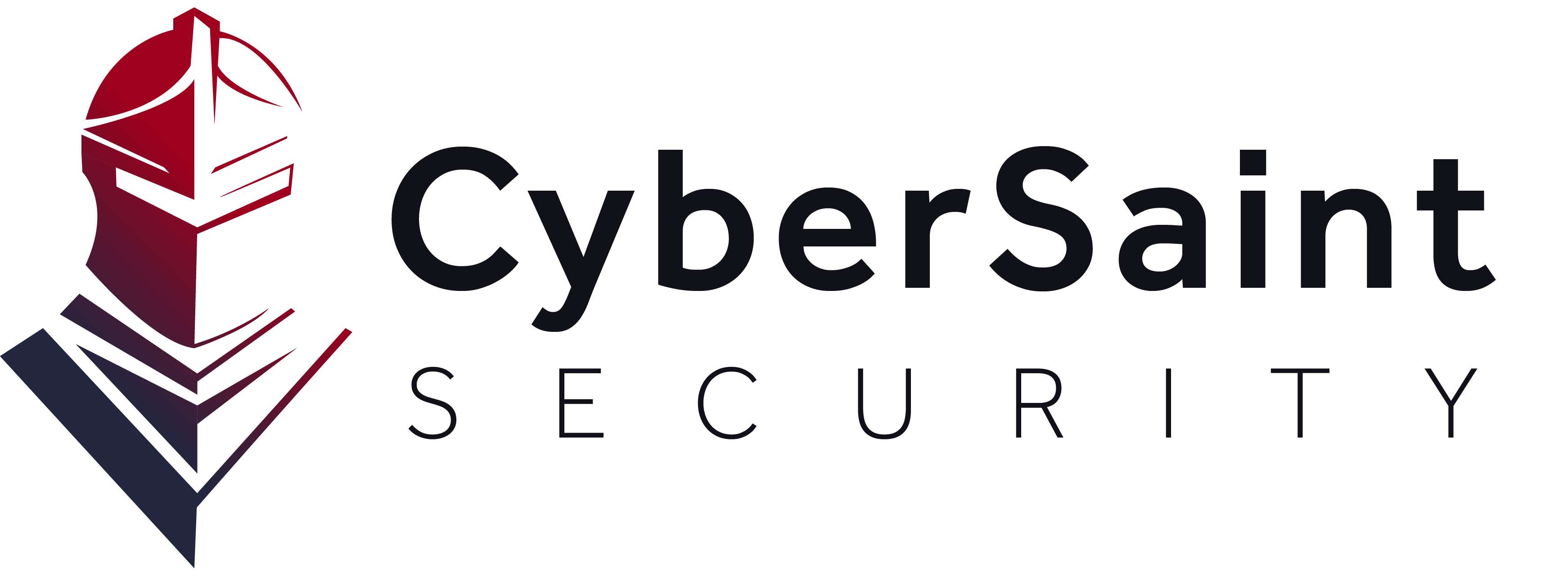Developing a cyber risk management program from the ground up can be daunting for many organizations, especially those establishing their program with a small team or limited resources. The security and risk team may need help deciding where to start or what to prioritize. What do they need immediately, and what can they build towards as their maturity progresses?
A cybersecurity risk management framework provides a structured approach to managing cybersecurity risks, facilitates compliance efforts, and enables organizations to adopt best practices, manage risks effectively, and continually enhance their security posture. While frameworks like the NIST CSF were developed as voluntary frameworks, many regulators are mandating compliance to several frameworks to push organizations to build up their cyber defenses and actively manage their risk posture.
For a lot of security professionals, compliance can be a convoluted process. The degree of prescriptiveness can be unclear. The HIPAA Framework, for example, has been difficult to comply with due to its lack of clarity and changing nature. Considering the evolving nature of the healthcare industry, controls and processes related to data confidentiality and implementing administrative, physical, and technical safeguards are challenging to keep up with.
While stringency is a necessary component of framework compliance, it can make things more challenging for cyber professionals. Take PCI DSS, for example. PCI DSS requires maintained secure networks, strong access controls, regular vulnerability assessments, and strict encryption standards, among other controls. These processes are critical but challenging to keep up with without a proactive approach.
Suppose your organization is looking towards baselining a cybersecurity framework. In that case, there are a few key components to consider to help you build a cyber risk management program that can comply with regulatory requirements.
Take an Organized Approach to Cyber Frameworks
When establishing a cyber risk management strategy, compliance should not be the final goal of your operations. While your organization should meet compliance, security leaders must strengthen security controls and tie operations back to risk posture. This blog post will explore several critical components, starting with risk assessments.
Cyber Risk Assessments
Cyber risk assessments are a critical initial step in framework alignment. Organizations can prioritize risks based on their likelihood and potential harm by systematically evaluating threats, vulnerabilities, and potential impacts. Organizations can rely on cyber risk management software like CyberStrong to conduct regular and automated risk assessments for near real-time information.
The assessment information is also valuable for decision-making and resource allocation. The findings help organizations allocate resources and budget effectively to implement appropriate security measures based on the identified risks. Additionally, risk assessments will help strengthen security posture and compliance. With updated information on vulnerabilities and security control gaps, organizations can take proactive measures to improve their security defenses and reduce the likelihood of successful cyber attacks. Regular risk assessments ensure ongoing compliance and help organizations stay ahead of evolving regulatory landscapes.
Understanding cybersecurity risks and their potential impacts is crucial for maintaining business continuity and resilience. Risk assessments enable organizations to develop incident response plans, disaster recovery strategies, and business continuity plans that address potential cyber threats. Organizations can minimize downtime, reduce financial losses, and recover more effectively from cybersecurity incidents by being prepared for incidents and having appropriate response measures. Regular cyber risk assessments roll up to efficiency and a commitment to due diligence, which is vital to ensure to clients, partners, the Board, and executive stakeholders.
Overall, cybersecurity risk assessments provide organizations with a structured and systematic approach to understanding and managing their cybersecurity risks. By establishing a regular cadence for risk assessments, your organization can distill critical information for better cyber risk management and framework alignment.
Security teams can layer in more accurate insights to their assessment data by leveraging cyber risk quantification models to quantify the impact of risk. Cyber risk quantification takes assessments a step further by pinpointing the impact of identified risks so that leaders can better prioritize the risks to address and what is needed to mitigate the risk,
Security Controls
Security controls are measures to protect an organization's cybersecurity and data. These technical, administrative, or physical controls are designed to prevent, detect, and respond to security incidents. As discussed above, regular risk assessments will help maintain a healthy control posture and help organizations visualize compliance with relevant regulatory requirements.
Incident Reponse Plans
While proactive cyber risk management is the recommended approach for cybersecurity, a mature organization should always prepare an incident response plan. The threat of a data breach can never be fully mitigated, so security and risk teams must keep an updated incident response plan during an attack. Incident response planning includes incident detection and analysis, containment, eradication, and recovery.
Security professionals need to be able to identify, contain, eradicate, and recover from an attack promptly. Preparation will ensure business continuity and resilience. Security professionals need to have steps in place to safeguard or recover assets or data and know who and how to contact the right people. Well-organized incident response plans are a requirement for most cyber risk management frameworks and illustrate the organization’s commitment to cyber safety to customers and leadership.
The steps an organization takes in the case of an event leave an impression on clients and can determine how successfully the organization can move forward.
Cybersecurity Training and Awareness
While your organization may have a dedicated information security or cybersecurity team, the safety of the company’s information systems is a shared responsibility amongst all employees and leaders. It may seem like Google sends a weekly notification to update the Chrome browser, and maybe that isn’t your top priority on your to-do list. Still, that update could have a significant bug update that you might be lacking on your applications. Regular cyber updates to the entire organization will help promote healthier cyber practices and ensure the organization's and its data's safety.
A comprehensive and ongoing cyber training program is necessary to minimize the possibility of human error relevant to cyber-attacks and emphasize the importance of cyber risk to the organization. "Ongoing" is vital to training as the requirements of specific frameworks are updated over time, and the development of various attack vectors can change year by year. Regular cyber notices or newsletters might include relevant details to essential application updates and information on disabling obsolete technologies and applications.
Continuous Monitoring
Continuous monitoring involves assessing an organization's security posture through real-time monitoring, analysis of security events and logs, vulnerability scanning, pen testing, and other techniques. It ensures that security controls remain effective and provides visibility into emerging threats and vulnerabilities.
For CISOs or security leaders to decide what needs to be done or deliver updates on progress, there must be integrity in the data they rely on. CyberSaint takes a unique approach to continuous control monitoring with Continuous Control Automation (CCA). CCA automates control compliance at scale with AI and will enable your security team to manage compliance in real time, not point-in-time. Instead of relying on dated spreadsheets, CCA can deliver near real-time updates on controls and understand what remediations need to occur with integrity.
Reporting up to Leadership
This last component involves clearly distinguishing cybersecurity roles and responsibilities within your organization and a regular reporting process to senior leadership and the Board. Cyber is a growing focus for Board members and must be considered when discussing business strategy. The impacts of cyber are not siloed but can determine an organization's success or failure.
CISOs, CIOs, and any leader can refer to the CyberSaint Executive Dashboard to develop their board report with relevant insights on progress, cyber impact, threats' potential impact, and areas for investment and improvement.
The Key Components of Cyber Frameworks
The listed key components are crucial elements needed for successful cyber operations and are included in most frameworks. While the exact details of each element may vary from framework to framework, the crux and reasoning of each step remain the same and help organizations to develop a well-rounded cyber risk management program.
A comprehensive approach to cyber risk will ensure your organization's business success and resilience and strengthen the trust clients and stakeholders have in the organization.
Contact us for more information on how CyberStrong can support your alignment with frameworks like NIST CSF, ISO 27001, HIPAA, etc.











